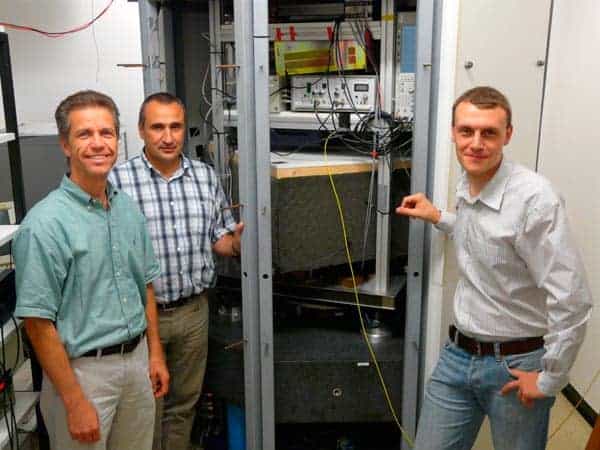D
Deleted member 619
Guest
By the way, if you want absolutely the best experimental validation that our model of spacetime is orders of magnitude better than the luminiferous aether, you probably have one in your hand as you're reading this.
The global communications network that guarantees delivery of exactly the sort of communications were sharing here now, and especially if you're reading this on a mobile phone, is predicated on these ideas being correct to an extraordinary degree, the global positioning system. The clocks on board GPS satellites are corrected by a factor of approximately 38 microseconds per day to account for the relativistic effects of both the difference in altitude and the differential in gravitational time dilation and the effects of the satellites' high velocity. Without those corrections, it would be a matter of days before most of the planet couldn't find their own arses, as they'd drift out by about ten metres per day cumulatively.
The global communications network that guarantees delivery of exactly the sort of communications were sharing here now, and especially if you're reading this on a mobile phone, is predicated on these ideas being correct to an extraordinary degree, the global positioning system. The clocks on board GPS satellites are corrected by a factor of approximately 38 microseconds per day to account for the relativistic effects of both the difference in altitude and the differential in gravitational time dilation and the effects of the satellites' high velocity. Without those corrections, it would be a matter of days before most of the planet couldn't find their own arses, as they'd drift out by about ten metres per day cumulatively.



